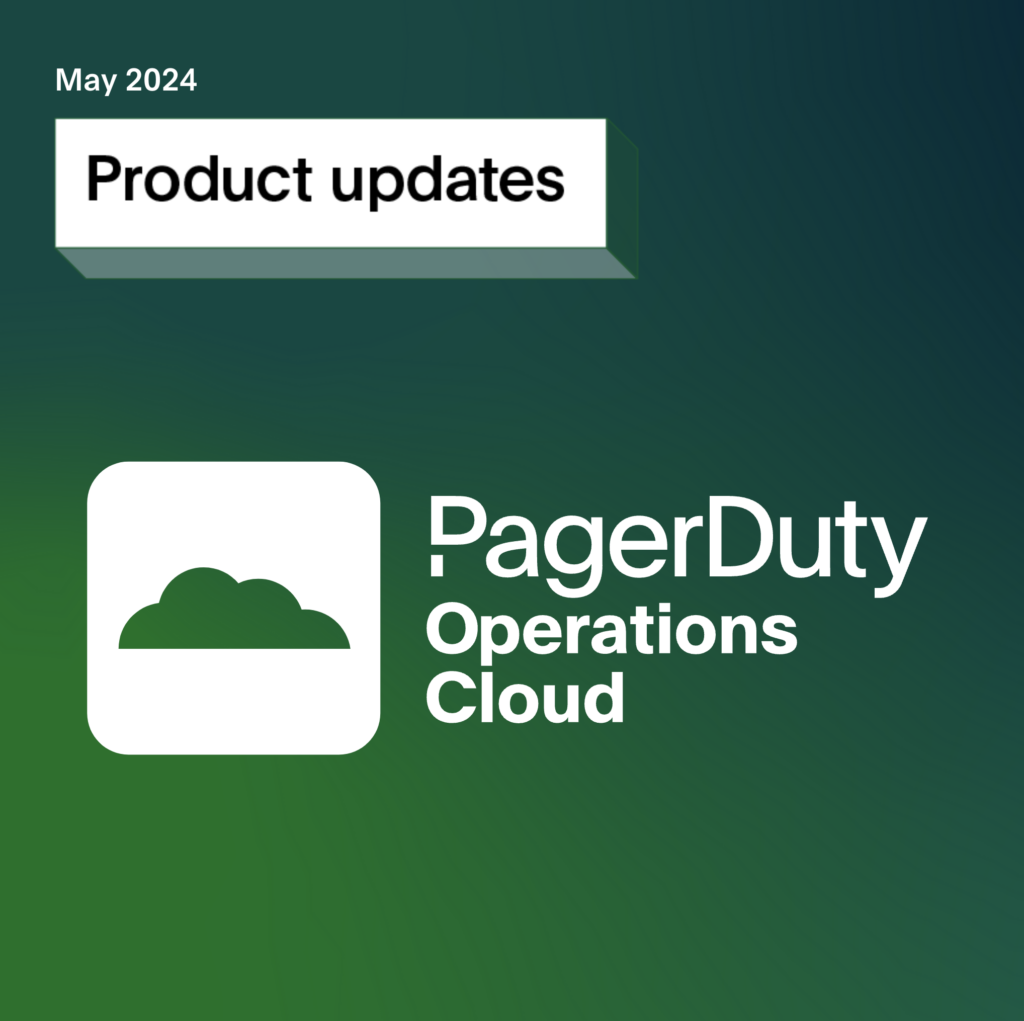- PagerDuty /
- Blog /
- Digital Operations /
- Digital Incidents in Retail Have Increased 37% Year-Over-Year
Blog
Digital Incidents in Retail Have Increased 37% Year-Over-Year
2020 will go down as one of the hardest years that brick-and-mortar businesses have ever experienced. By the end of March this year, half of the world’s population was estimated to be on “lockdown,” causing an unprecedented shift in priority for businesses from brick-and-mortar stores to ecommerce channels. Because of this, online demand exploded to levels never seen before, turning annual shopping marathons like Black Friday into far more of an online event than in previous years.
And while the recent trend in ecommerce has been one of growth, the impact of COVID-19 has accelerated that trend beyond imagination. Since March, retailers, both digitally native and those straddling physical and digital environments, have been experiencing a much higher level of online activity. And now that we’re right in the middle of the holiday season, that level of activity is only going to increase—and increase fast.
2020: The Year of Digital Pressure
With digital services now in the spotlight, retailers are feeling the strain of keeping online stores running smoothly while handling more incidents than ever before. In research that PagerDuty recently conducted, 58% of ITOps and DevOps professionals working in retail told us they’ve faced “unprecedented levels of pressure” to keep digital services running perfectly in the last 3-6 months, and almost half (46%) expect this pressure to get worse.
And they’re right—it is getting worse. New data from PagerDuty shows that retailers are experiencing a huge increase in digital incidents as the year progresses. We analyzed data from PagerDuty’s retail customers and found that:
- From November of 2019 to November this year, we saw a 37% increase in incidents over comparable retail accounts.
- In North America, incident count rose from 66,000 to 92,100—a 40% increase.
- In EMEA, incident count rose from 18,400 to 26,400—a 43% increase.
In fact, for many retailers, the number of daily incidents seen so far in 2020 is worse than what they would normally see on a heavy-traffic day like Black Friday. For example:
- November 2019 was the month that saw the most incidents globally, reaching a peak of 91,500; that number was exceeded in March 2020 when the incident count reached 94,000.
- The number of incidents then leveled out slightly in April (87,800) and May (88,700), before steadily climbing from June (98,800) onwards.
- There has been a marked jump in the number of incidents from September (123,000), which coincides with the pandemic’s second wave and additional shelter-in-place restrictions.
Retailers Have to Scale up the Response
What these numbers tell us is that retailers have been dealing with a much higher volume of digital incidents this year, which is putting ITOps and DevOps teams under a lot of stress. Now, even as COVID-19 restrictions are gradually lifted in some regions, it is highly likely that shopping at brick-and-mortar stores will still be at levels far below normal this holiday season. A recent Rakuten survey of global consumers found that almost three quarters (73%) are likely to conduct their holiday shopping online this year.
For retailers, the key takeaway is that their reliance on digital services is only increasing, so it’s important that businesses define and scale up their response processes in order to keep services running and deliver a consistent customer experience across the board. Additionally, service uptime, reliability, and being able to address issues in real time are even more critical than ever before. The data from November indicates that retailers are about to face a storm of digital incidents as the 2020 holiday season approaches. To help retailers handle the increase in demand, there is a real need to adopt what’s called a hypercare strategy.
Hypercare is the state of elevated support that is required to maintain system availability and performance during periods of expected surges in traffic. In essence, hypercare is about planned support. So, as the busiest season in this year like no other approaches, retailers need to ensure ITOps and DevOps teams are equipped with the tools and solutions that help them work smarter, not harder.
Additionally, as digital dependency continues to grow across the globe, retailers need to keep services running perfectly. But many of the services that organizations provide simply aren’t built to handle such an increase in demand. And with the advent of a digital-default world, it’s time for retail organizations to adopt digital operations platforms that empower their teams to better prepare for and manage digital incidents at scale.
Watch this on-demand webinar to see how PagerDuty helped a leading retailer in the UK, John Lewis & Partners, keep always-on, digital customer experiences running seamlessly during the pandemic. You can also learn more about the importance of digital operations in retail environments by reading this ebook: The Impact of Downtime on Retailers in 2020.
To learn how PagerDuty can help your organization weather the digital storm this holiday season, contact your account manager and try a 14-day free trial today.


